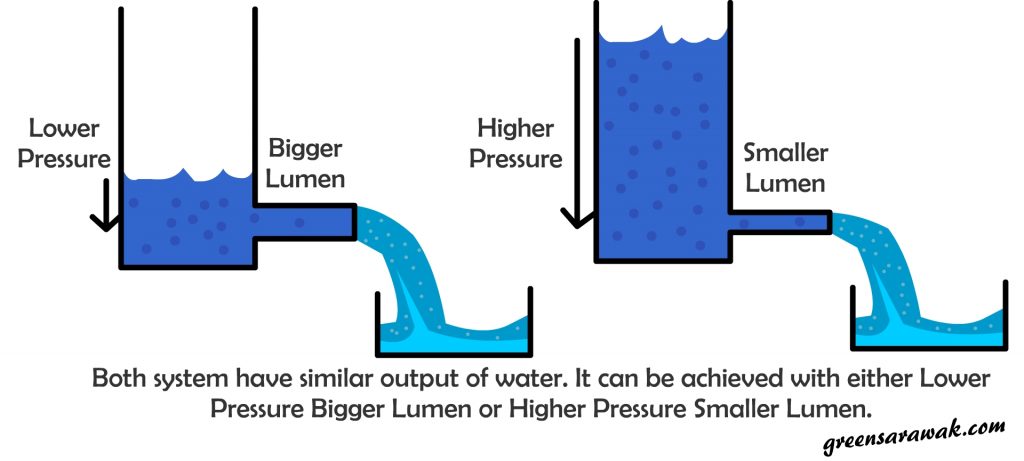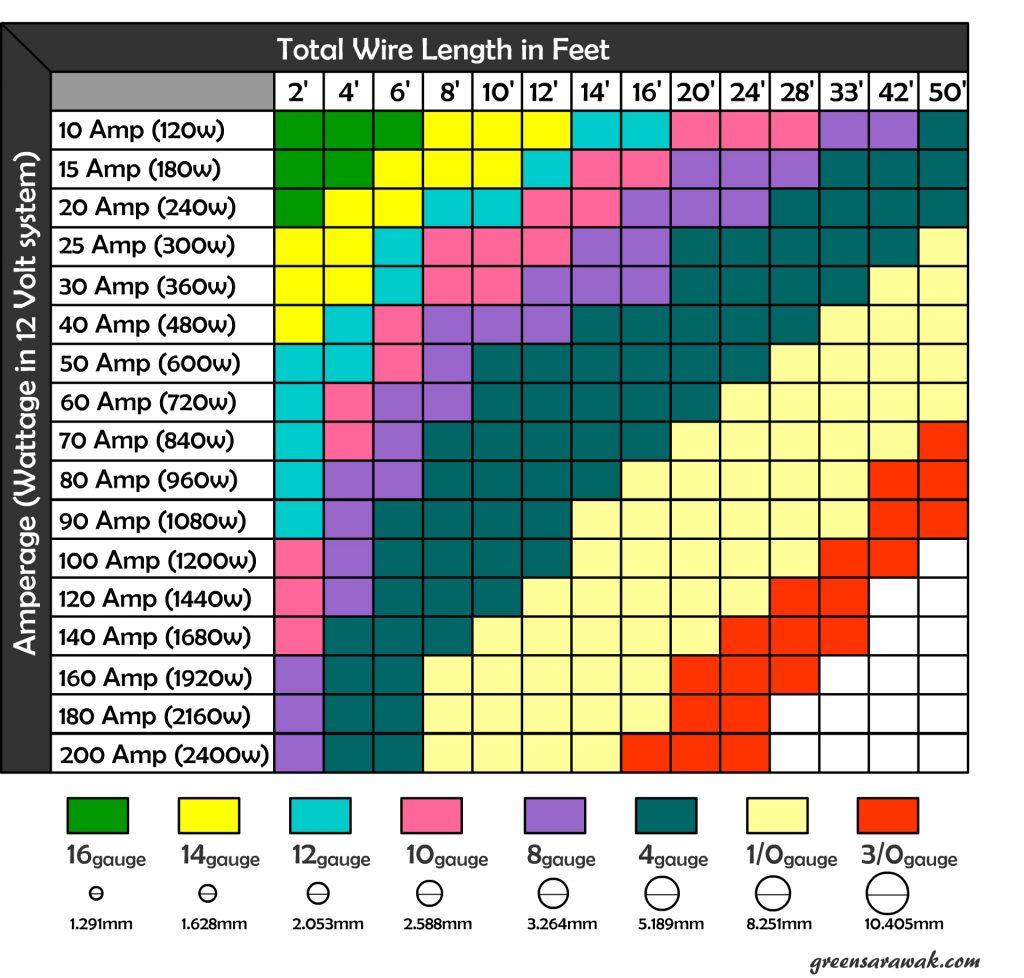Wires is the electrical highways that connects various parts of your Solar PV system. A bad wiring will have significant impact on your solar PV system.
What to concern about wire ?
Build quality
A good solar PV panel can last for 25 years or more and hence a good quality wire must last as long as the panels are to reduce much of the maintenance cost later on. Low quality wires can have patches of corrossion and rust in the wires that increase the internal resistance and hence reduce the total efficiency of the system over time.
Internal resistant and conductivity
Aluminum has 61 percent of the conductivity of copper, but has only 30 percent of the weight of copper. Hence if weight and price is a concern, bigger aluminum wire can do the trick. Else, copper is the better choice in term of conductivity and efficiency. Special consideration will be applicable when you have your solar PV panel on sea and salty water body where copper wire can be easily oxidized and corroded if not coated properly.
Amperage and Voltage
To transfer the same amount of energy (watts) you can use High Voltage Low Amperage , or Low Voltage High Amperage. It is calculated by a formula Watt=Volt x Amps. However each wire had their rated voltage and amperage that they can carry. Refer to wire specification sheet for its optimum working voltage and amperage.
Wire is sized by the American Wire Gauge (AWG) system. Lower the number will correspond to bigger wire diameter. Smaller wire have higher resistance per meter. Higher resistance will create heat loss during current flow, it is significant loss if high current or amperage is conducting over the wire. Rule of thumb, if you are running a low voltage high amperage solar PV system, make sure you have very thick wires and make sure you have shorter cable runs from the solar PV panels to the next device in line, eg. charge controllers and inverters.

Ampacity is defined as the maximum amount of electric current a conductor or device can carry before sustaining immediate or progressive deterioration. It is also dependent of wire temperature. As wire getting hotter, the Ampacity reduced. As a general guide, 0 AWG wire have Ampacity of 125A ,2 AWG wire have Ampacity of 95A, 6 AWG wire have Ampacity of 55A, 10 AWG wire have Ampacity of 30A, 12 AWG wire have Ampacity of 20A, 14 AWG wire have Ampacity of 15A.

Using a smaller wire with high amperage will risk create unwanted heating up of the wire. It is why some high power devices will have heated up low quality power cables after an extended use. These heat will eventually melt the insulation and causing short circuit or fire.
Length of Wires
You can have a good gauge wire that support the amperage you expect it to carry, however it does not stops there as length of wires also plays a significant role in deciding a suitable wire. From the chart above it is clearly shown that for a longer wire length, you need a higher gauge wire. It is due to the internal resistance of the wire as discussed above. Longer wires will have significant resistance heat loss than shorter runs of wires as the effect of resistance is compounding for every addition length. It is similar to running a longer water pipelines.
Thermal Coefficient of wire
It is important to know how much temperature coefficient your wire will have. The Temperature Coefficient of Copper (near room temperature) is +0.393 percent per degree C. This means if the temperature increases 1°C, the resistance will increase 0.393%. Aluminum have a temperature coefficient of +0.4308 percent per degree C. It reflects that in hotter temperature, the resistance increase and will manifest as a voltage drop, especially those solar PV with low voltage output. It reduce the efficiency of your Solar PV System.
Wire voltage rating
Using correct voltage rating wires is equally as important in selecting wires with safety concern in mind. This is directly related to the wires insulating dielectric thickness that govern the standoff voltage. Most of the dielectric material are around 400V per mm. The thicker the dielectric material will better insulating the higher voltage line. If using wire with lower voltage rating with a higher voltage transmission, it will risk arcing over two conducting wires and cause a short circuit.
Connectors
The first thing to fail is usually at the connectors that connects wire to wire, wire to device. Always use a good one that last, secured and not rust and creates additional resistance point.
Circuit Breakers
The Miniature Circuit Breakers (MCB) is as important as the wiring itself. It is integral part of the safety in your solar PV system. This small little device acting like a safeguard fuse, used to control and protect the electrical panel and the other devices from overflowing of electrical power.
During a surge of power from the panels, a correct rated MCB will protect the subsequent devices (e.g. Inverters ) from over whelming harmful current, which the switch is “tripped”. Comparing to traditional fuse boxes, the user can switch on immediately with a flip of a switch rather than changing a blown fuse.
It is important to choose a correct amperage MCB to protect your system. Over rated MCB will not function to “trips” when it is over current, while under rated MCB will have frequent “trips” that reduce your system efficiency.
It also allow to on or off a circuit to the panels. It is useful when you want to fix a solar PV panels or doing maintenance on the solar PV panels. Breaking the circuit will reduce the risk of getting shock from the power generated by the solar PV panels as those panels will have potential difference (voltage) as long as there is light shining on the panels. The more you series your panels, the higher voltage it can generate, that will make improper handling of solar PV panel wiring a serious risk of electrical shock and should be handled by professionals.
NEXT CHAPTER >> Know when to go series or parallel solar PV array
